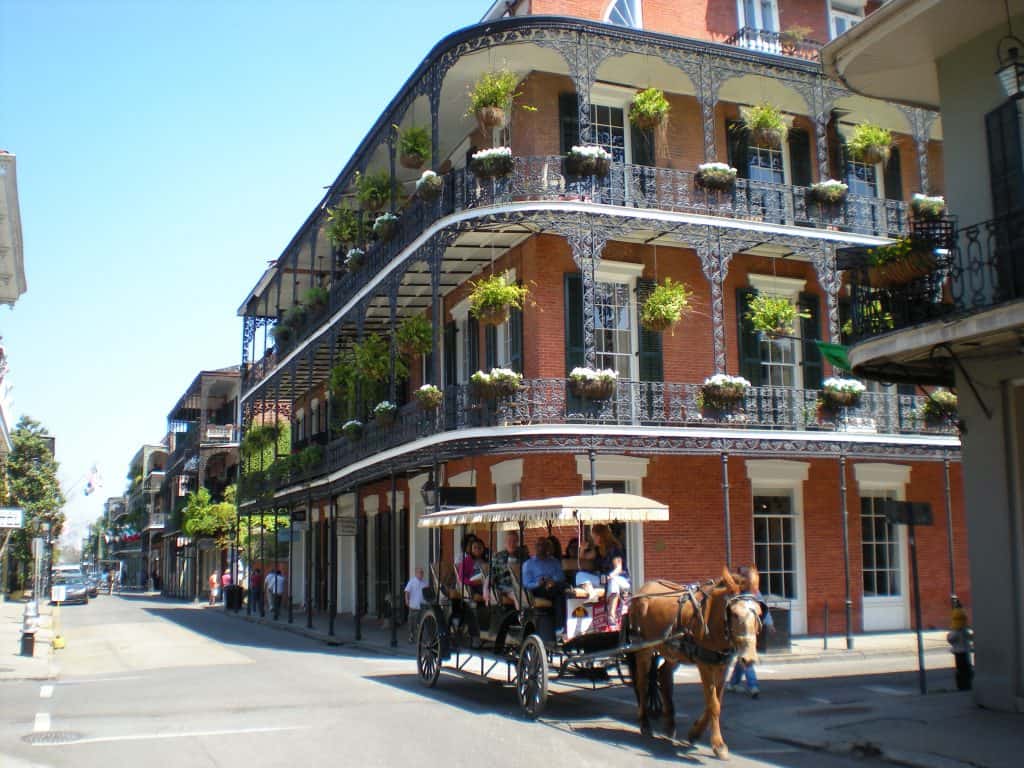 Mapping mobility company INRIX looked at data to find the best cities to deploy self-driving vehicles.
Mapping mobility company INRIX looked at data to find the best cities to deploy self-driving vehicles.
INRIX looked at one year’s worth of travel – nearly 1.3 billion trips – in and around the top 50 U.S. cities by population. Combining INRIX data and StreetLight InSight, an industry-leading mobility analytics online platform from partner StreetLight Data, INRIX Research analyzed trips that began and ended within a 25-mile radius of each downtown and compared this to aggregate regional trips (including outbound, inbound, and passing-through trips) to establish a percentage of intra-city travel. INRIX then looked at the percentage of a city’s intra-city trips, 10 miles or less, and combined these two metrics to score each city out of a possible 100 points.
|
Top 10 U.S. Cities Primed for Autonomous Rollout |
||
|
RANK |
CITY |
INRIX HAV CITY |
|
1 |
New Orleans |
90.33 |
|
2 |
Albuquerque |
89.85 |
|
3 |
Tucson |
89.35 |
|
4 |
Portland |
89.32 |
|
5 |
Omaha |
89.20 |
|
6 |
El Paso |
89.12 |
|
7 |
Fresno |
89.07 |
|
8 |
Wichita |
89.06 |
|
9 |
Las Vegas |
88.99 |
|
10 |
Tulsa |
88.09 |
Leveraging aggregated INRIX trip data from millions of connected cars, parking availability and restrictions, and U.S. Census demographic data, INRIX created a scalable and customizable scoring system to analyze and visualize priority corridors for HAV deployment.
- Trips: Electric and shared-use vehicles are best designed to fill shorter travel needs in more heavily trafficked areas. In these environments, the upside of electric drivetrains is maximized while range and charging infrastructure limitations are minimized. Additionally, high-trip concentration increases the opportunity for ride-sharing by pairing users traveling along the same route, while minimizing passenger-less travel.
- Parking: Up to 30 percent of urban traffic congestion is caused by drivers looking for parking. HAVs deployed in shared-use fleets can operate continuously and don’t require parking, making them ideal for areas where parking is scarce. While HAVs don’t require parking spaces, they do benefit from restricted parking areas for pick-ups and drop-offs.
- Demographics: Beyond moving people from Point A to Point B, HAVs can be leveraged by cities to deliver expanded, cheaper and faster mobility options to target populations. INRIX identified three key demographic indicators to include in our census block scoring, including age, household income and mode share.
For example, a city that wants to leverage HAVs to expand mobility options for seniors could give greater weight to areas with higher concentrations of residents aged 65-years and older or a city wanting to decrease congestion downtown could give greater weight to parking utilization. Once areas have been identified, city planners could facilitate private sector deployment through proactive policies – regulatory support for deployment, dedicate HAV lanes or establish pickup/drop off zones – or public deployment of HAVs for shared-use as a supplement to existing public transit.
Many cities are currently considering autonomous vehicle deployment on public roads within their footprint. Big data analysis and a deeper understanding of mobility will help public sector stakeholders strategically plan to bring this technology to market in a way that benefits citizens, businesses and the city.
By leveraging hundreds of millions of trips, parking availability and restrictions, and demographic data, INRIX provided city-level recommendations for autonomous vehicle deployment by current travel patterns.